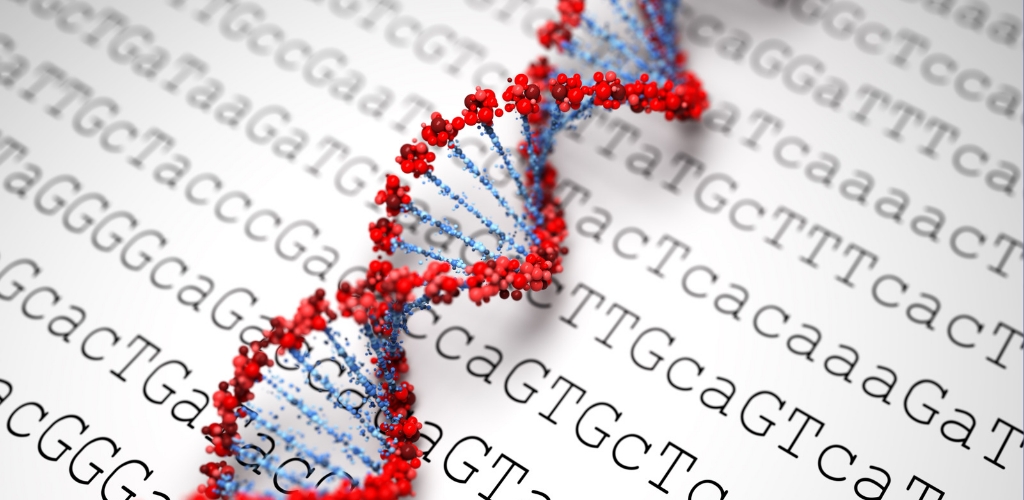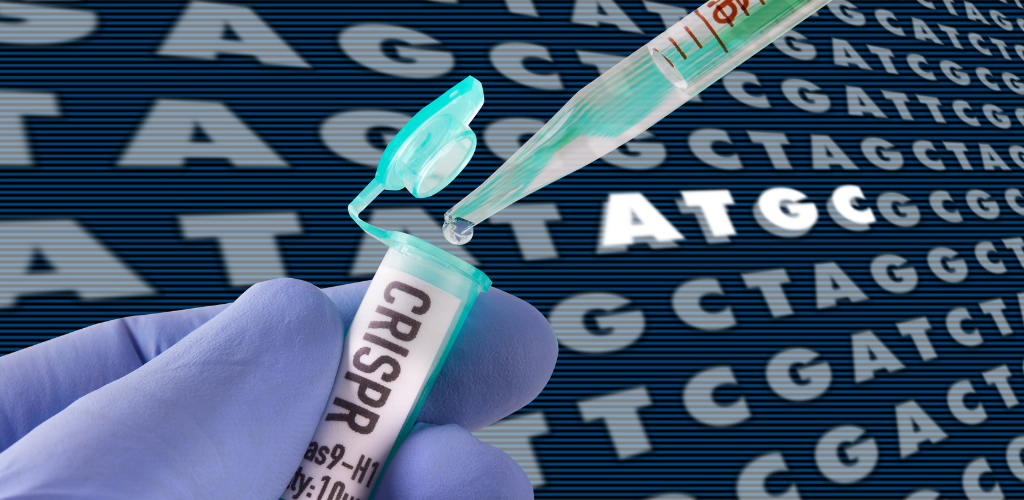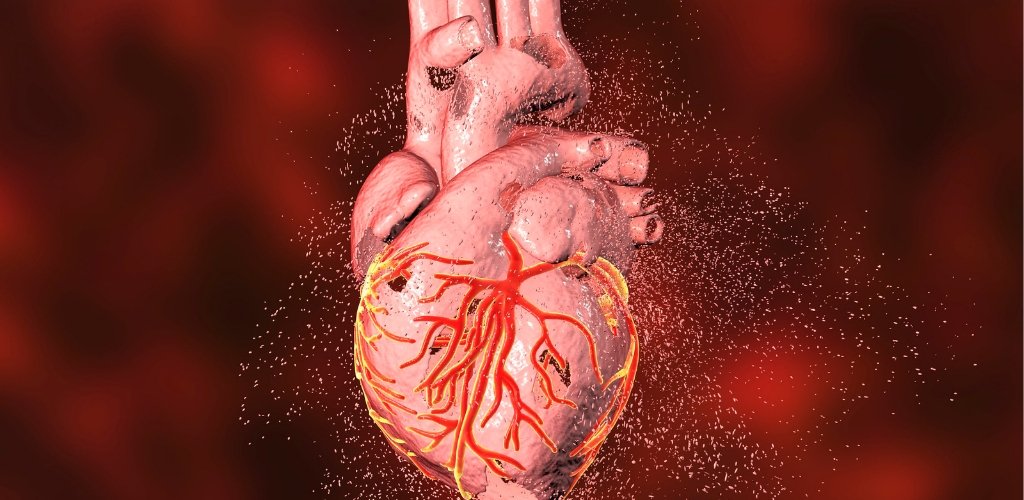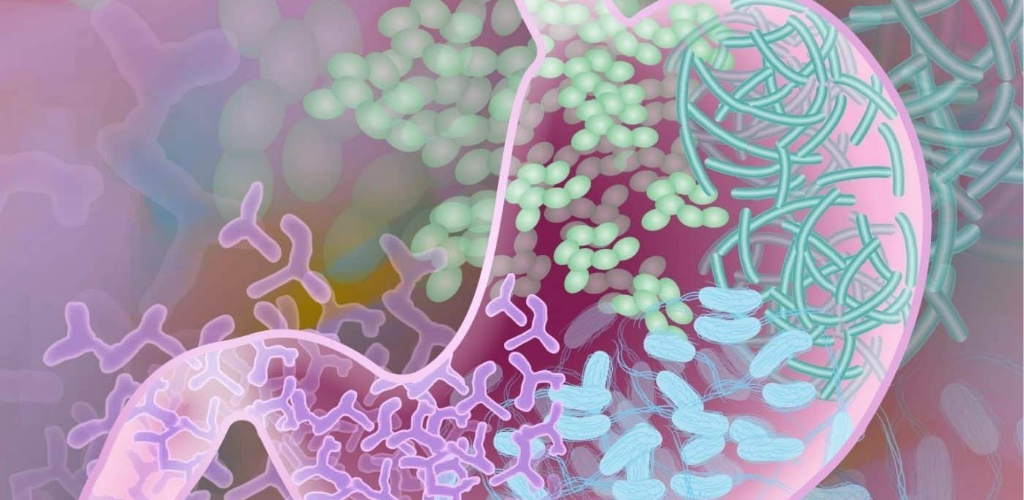Overview of Genomics and Its Significance
Genomics is an interdisciplinary field of biology that focuses on the structure, function, evolution, mapping, and editing of genomes. A genome is an organism’s complete set of DNA, including all of its genes as well as its hierarchical, three-dimensional structural configuration. Genomics differs from genetics, which refers to the study of individual genes and their […]
Overview of Genomics and Its Significance Read More »










